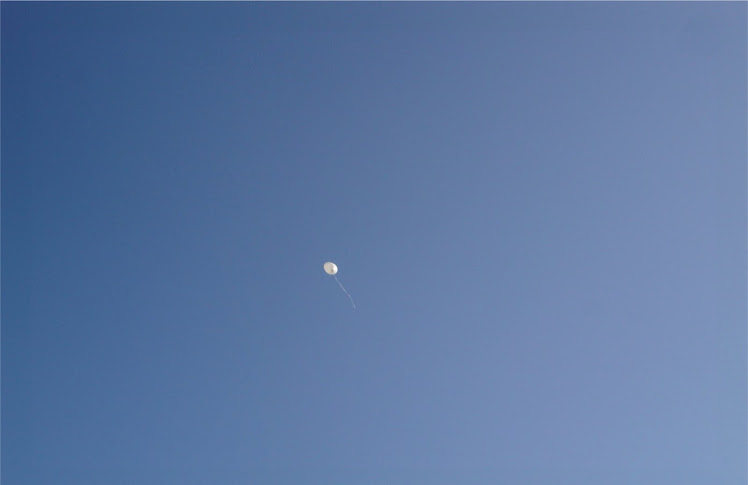Kleidung der Indianer
| Die Indianerstämme unterschieden sich in der Kleidung, die sie trugen. Die bekannteste Tracht, die meistens auch als die Kleidung aller nordamerikanischen Indianer angesehen wird,, ist die traditionelle Kleidung der Präriebewohner, die im Sommer aus einem kleinen Lendenschurz oder einfach einem zwischen den Beinen durchgezogenen Lederstück bestand. Zur Bekleidung gehörten ferner - besonders im Winter getragene - gamaschenartige hohe Beinlinge, Die "Leggings", die die Beine vom Knöchel bis zum Schenkel umschlossen. Die Kleidung verrät etwas sowohl über die persönliche Identität ihres Trägers als auch über dessen kulturelle Situation. In vielen Plains-Gesellschaften war ein Kopfschmuck aus Adlerfedern das sichtbare Zeichen für Heldentaten und Verdienste an der Gemeinschaft. Wenn eine solche Haube anlässlich eines weißen Medienereignisses getragen wurde, nahm sie eine zusätzliche Bedeutung an - signalisierte sie den nichtindianischen Zuschauern doch das Bild des "Indianers", und zwar auf eine für sie verständliche Weise. | Kopfschmuck / Federhaube |
Indianer auf Pferd | Nachdem solche Federhauben als weitverbreitetes Symbol des "Indianertums" akzeptiert wurden, haben auch andere Indianergruppen - wie die Eastern Cherokee - sie eingeführt, die Botschaft blieb die gleiche. Kleider aus Leder Der Oberkörper der Männer blieb im Sommer nackt, im Winter zog der Prürie-Indianer ein Lederhemd über, das jedoch mehr die soziale Stellung seines Trägers demonstieren als seinen Körper schützen sollte. Die Männer der Wald- und Prärieindianer trugen gewöhnlich Hemden aus dem weichen Leder von Wapitis und Antilopen. Alle Kleidungsstücke wurden kunstvoll verziert und mit bunten Stachelschweinborsten oder Perlen bestickt. Wenn es kalt wurde, legten die Indianer Umhänge aus Bisonfell an oder zogen lederne Leggings an. Diese Beinlinge waren Stiefel und Hose zugleich. An den Füßen trugen die Indianer Mokassins. Vornehme Angehörige der Präriestämme trugen im Winter weite Roben aus Büffelleder Auch die Frauen der Prärie-Indianer trugen im Winter Lederkleidung. Von der Taille abwärts waren sie in bis zu den Knien reichende Grasröcke gehüllt. Eine ähnliche Kleidung wie in den Prärien wurde auch in der subarktischen Region Nordamerikas getragen, z. B. von den Athabasken Kanadas. Die Männer trugen dort ebenfalls zumindest einen Lendenschurz aus Hirschleder um im Winter einen Mantel aus Büffelhaut - außerdem meinst ein ärmelloses Lederhemd. Auf Reisen trugen die subarktischen Indianer lederne Beinlinge, während sich die Frauen in T-förmige Gewänder hüllten. |
Typische Männer-Bekleidung der Prärie-Indianer | Typische Frauen-Bekleidung der Prärie-Indianer |
| Die Bekleidung der Prärie-Indianer und viele andere Gegenstände zeigen eine vielfaltige Dekoration. Ursprünglich bestickte man sie mit gefärbten Stachelschweinborsten, später mit europäischen Glasperlen. Zudem war der Besatz der Nähte und Ränder mit Haar- und Lederfransen oder Pelzwerk üblich. An den Mustern erkennt man die Herkunft der Objekte und gerade bei den Mokassins kann man am Muster erkennen, woher der Träger stammt. Einige Unterschiede sind als Beispiel aufgeführt: | |
| Die Mokassins der Prärie-Indianer sind Gegensatz zu den weichsohligen Mokassins der östlichen Waldlandstämme noch mit einer zusätzlichen Hartledersohle ausgestattet. Die Oberseite der Dakota-Mokassins war fast ganz mit Stachelschweinborsten oder Perlen besetzt. Die Mokassins der Cheyenne tragen oft Zickzackmuster und über den Spann laufende Querleisten. Der Arapaho-Mokassin wurde im Spann häufig mit einer breiteren Längsverzierung, flankiert von zwei kurzen Streifen, versehen. Der Mokassin der Ute weist als Verzierung meist nur einen schmalen Längststreifen oder ein Kreuz auf. Die Mokassin der Prärie-Cree tragen Blumenornamente. | Männer-Mokassin der Arapaho, ca. 1880 |
